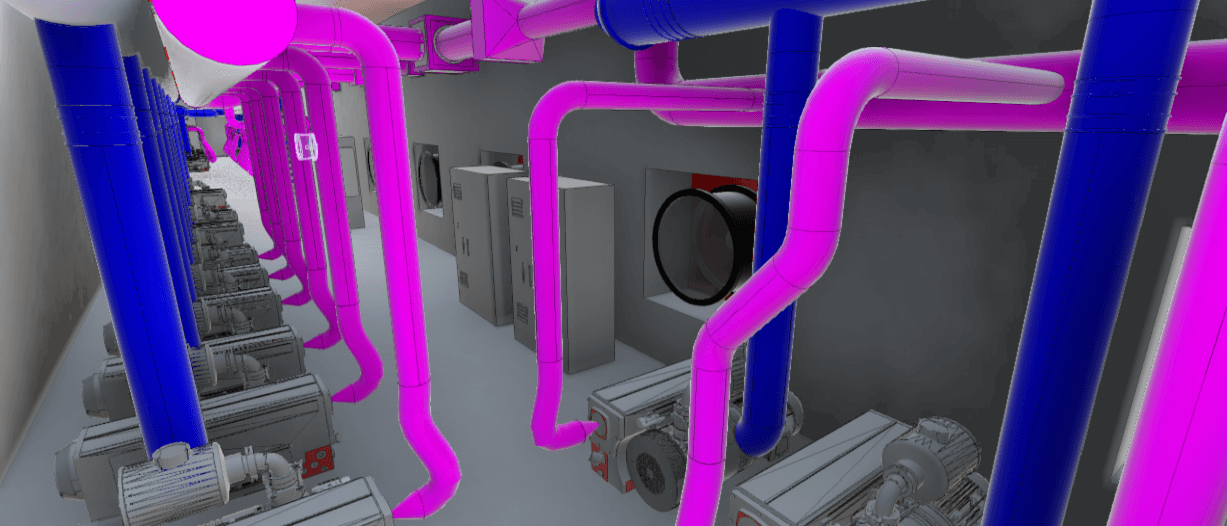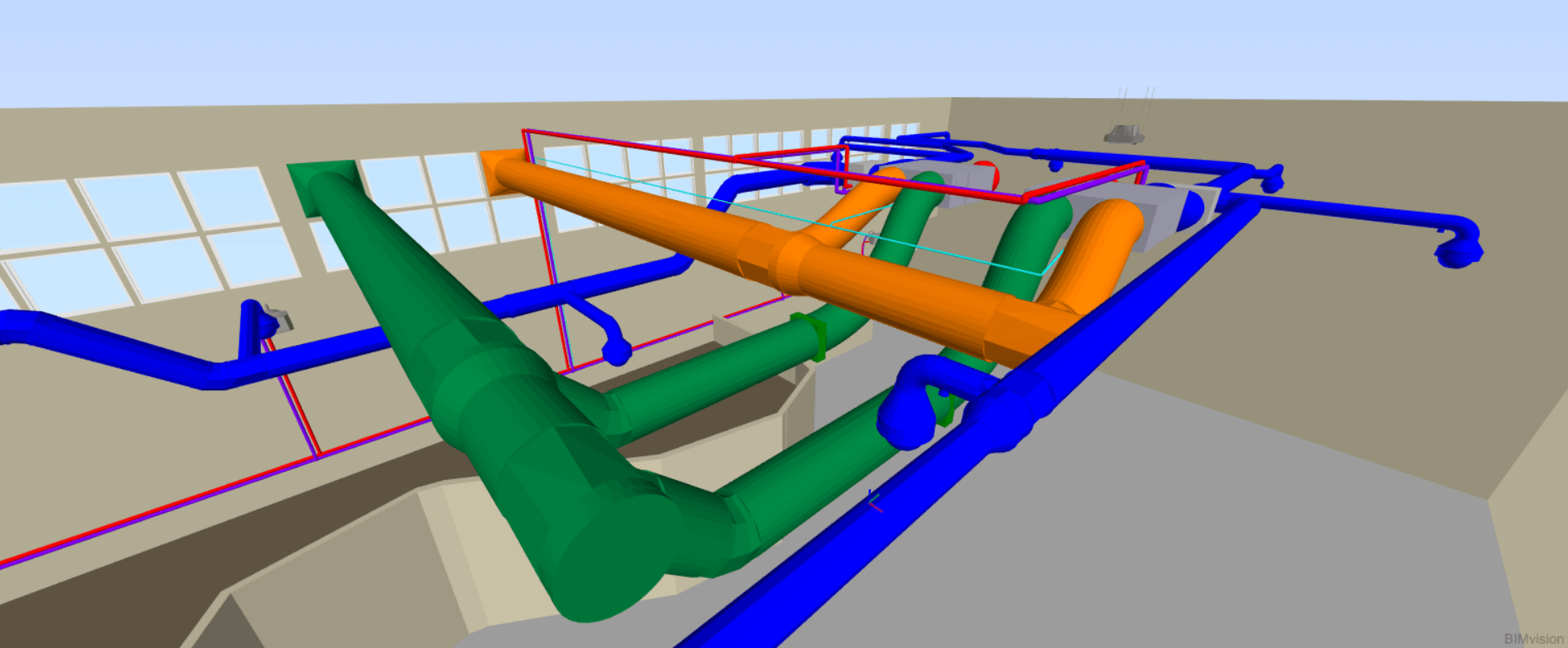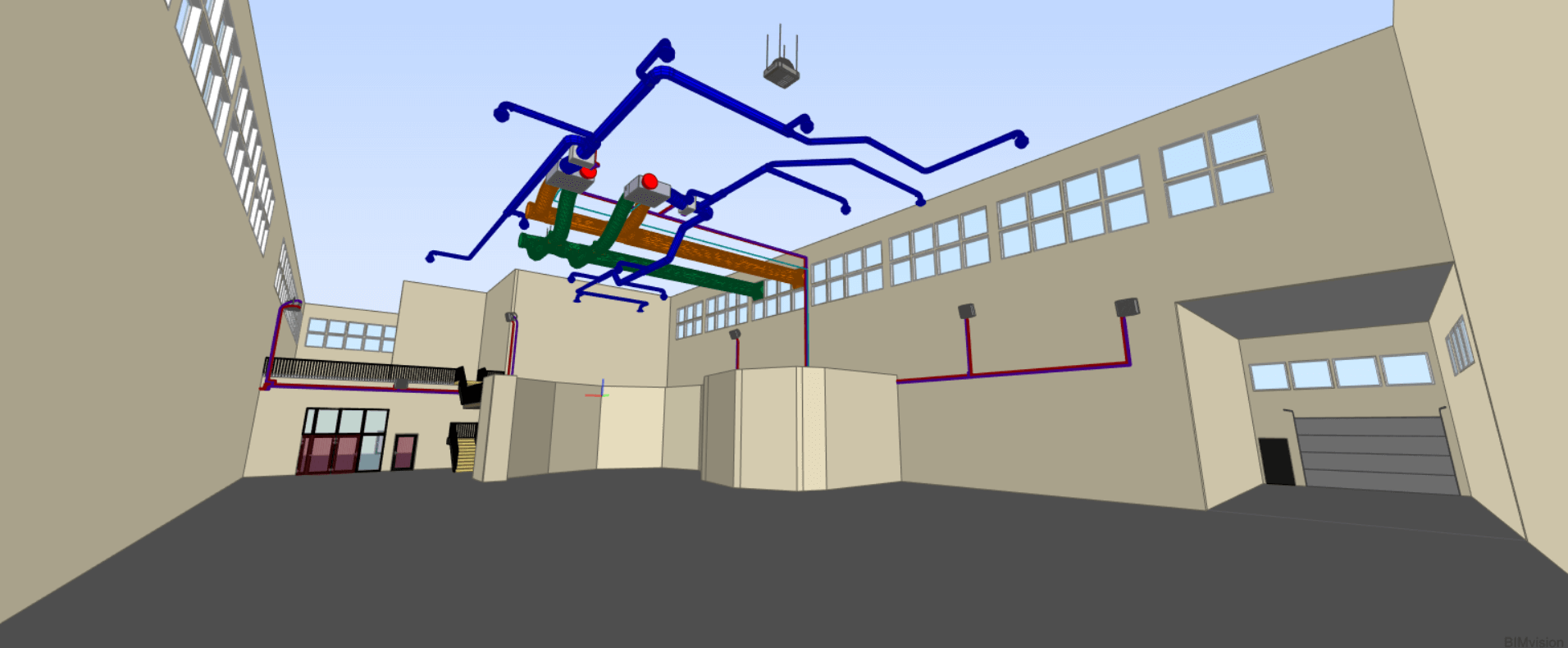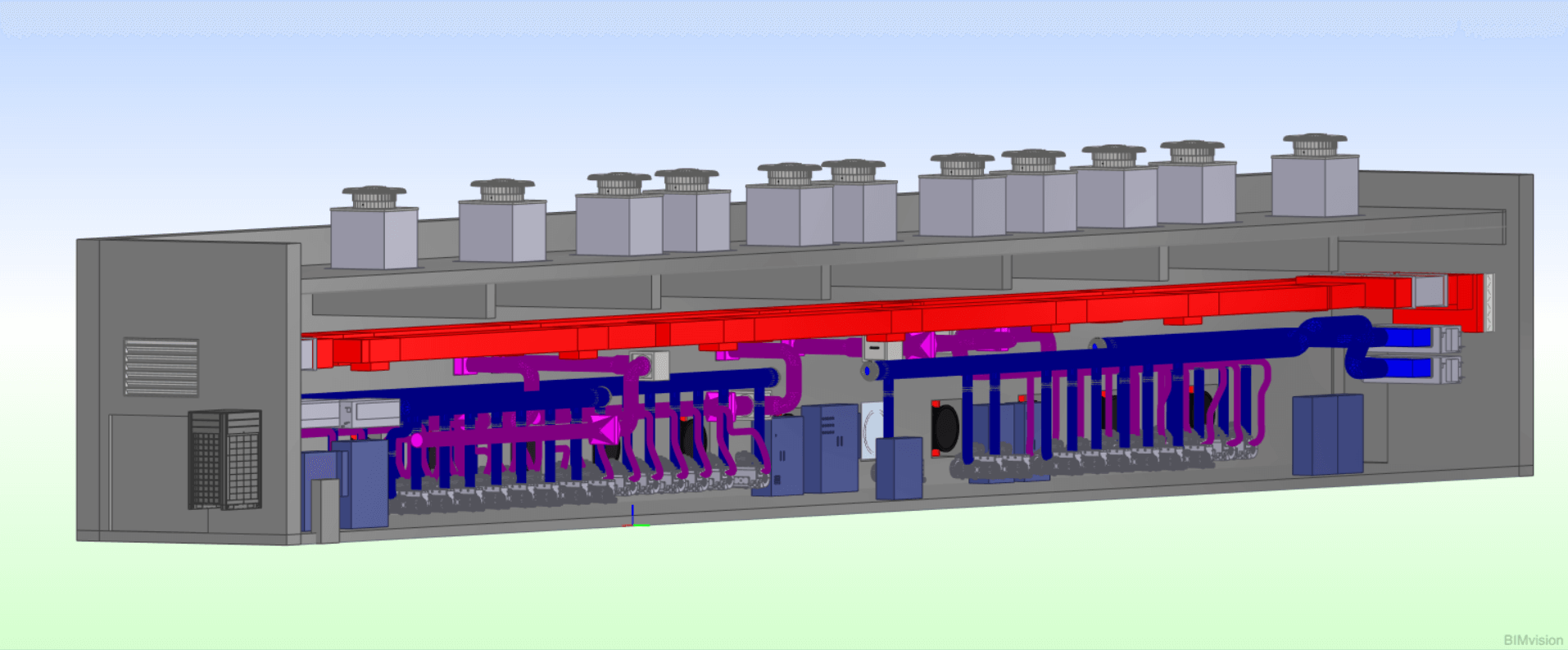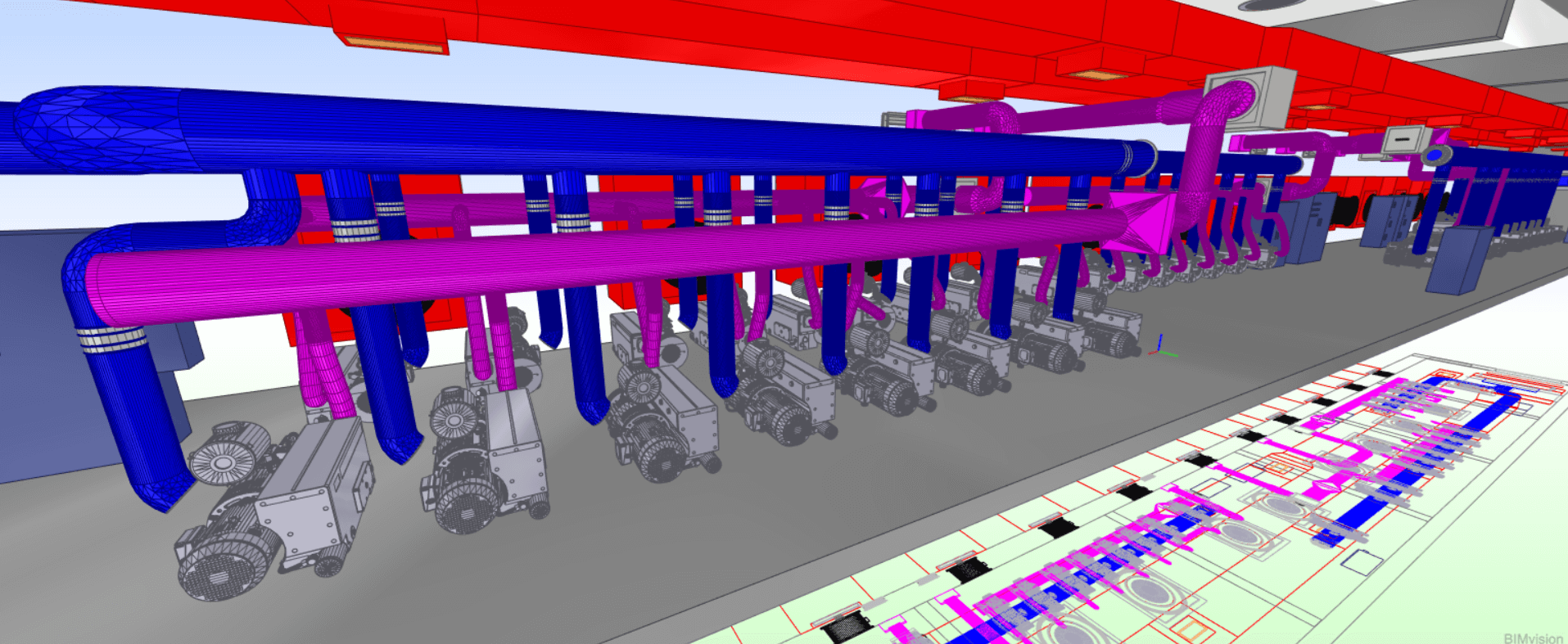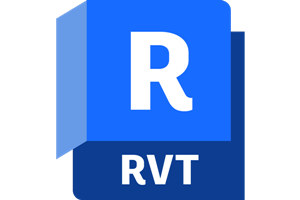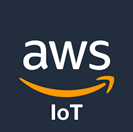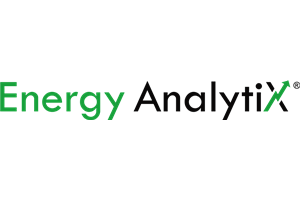3D scanning & BIM
3D scanning
3D scanning technology has revolutionized the way we capture and analyze architectural structures. This advanced method provides precise and detailed three-dimensional representations of buildings, offering architects, engineers, and designers invaluable insights and opportunities for enhancing their work.

Using specialized scanning equipment, 3D scanning captures millions of data points to create a highly accurate digital replica of a building. This process involves scanning both the exterior and interior of the structure to capture intricate details, dimensions, and spatial relationships. The collected data is then processed into a comprehensive 3D model that can be explored, analyzed, and manipulated within virtual environments.
BIM modeling
One of the key advantages of 3D scanning is its ability to capture complex architectural features with exceptional accuracy. Whether it’s intricate facades or ornate interiors, every detail is faithfully represented in the digital model. This high level of detail enables professionals to analyze the building’s structural integrity, identify potential issues, and plan renovations or retrofits with greater precision and effectiveness.
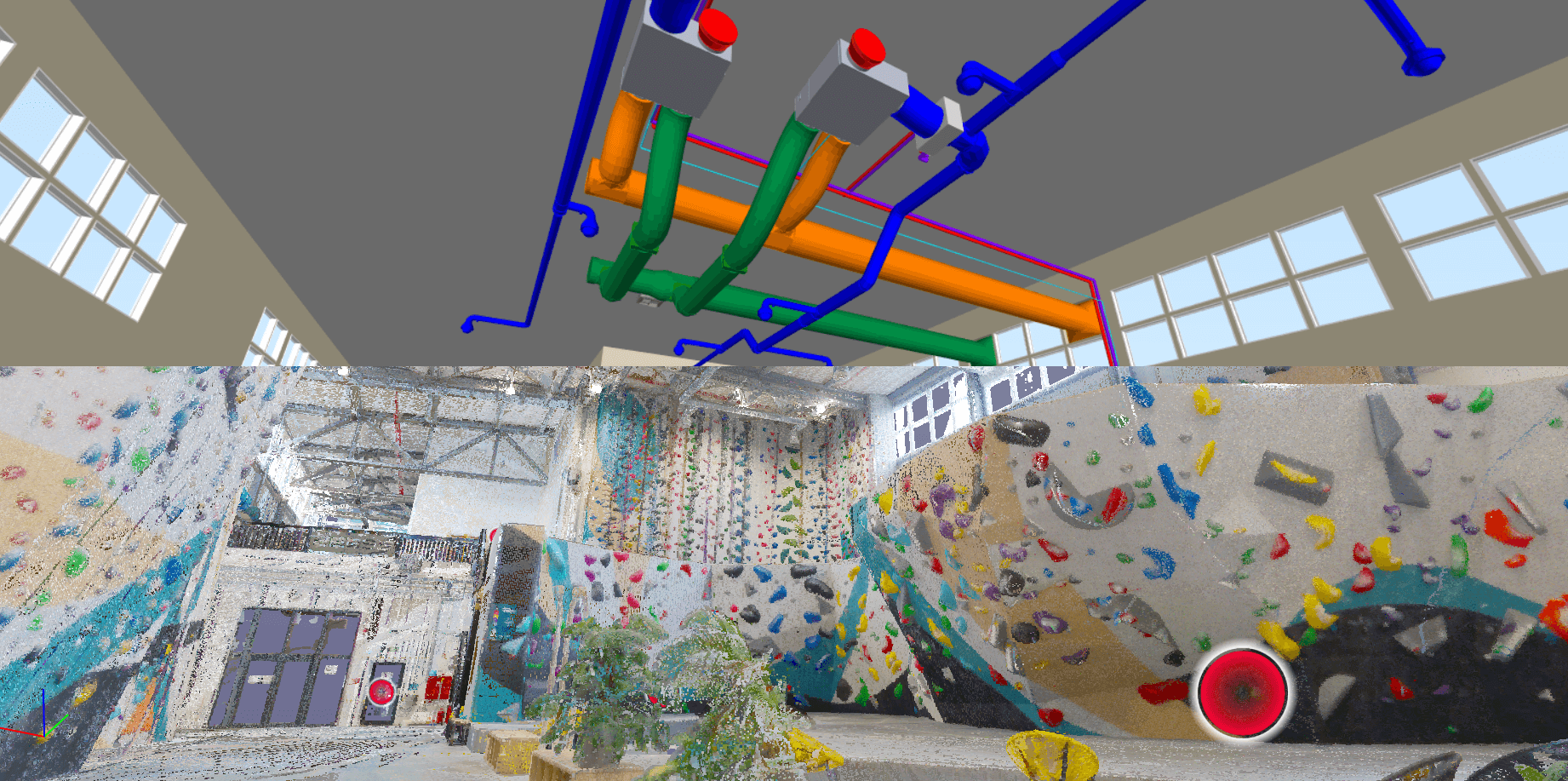
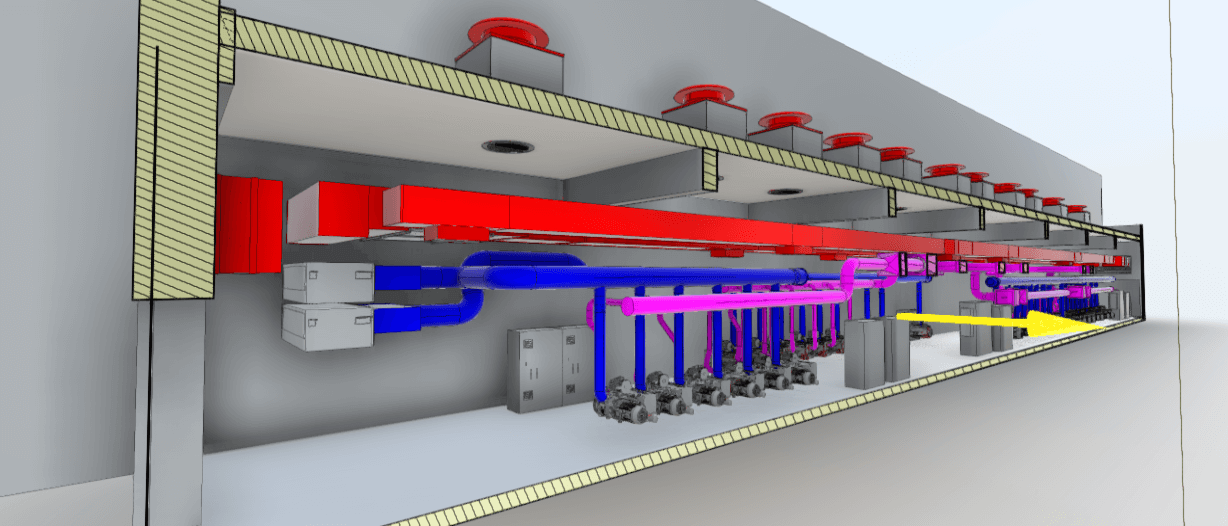
After using our services you can receive:
- Point cloud files for further processing – E57, LAS, LGSX, PTX, PTC, RCP
- 2D drawings of the space with additional elements – DWG, PDF
- 3D models with modeled space and elements from the point cloud – RVT, IFC
IoT sensors
The Internet of Things (IoT) refers to a network of interconnected devices that communicate and exchange data. In the industrial sector, IoT sensors play a crucial role in improving efficiency, safety, and productivity. These sensors collect data from various physical environments and transmit it to central systems for analysis and action.
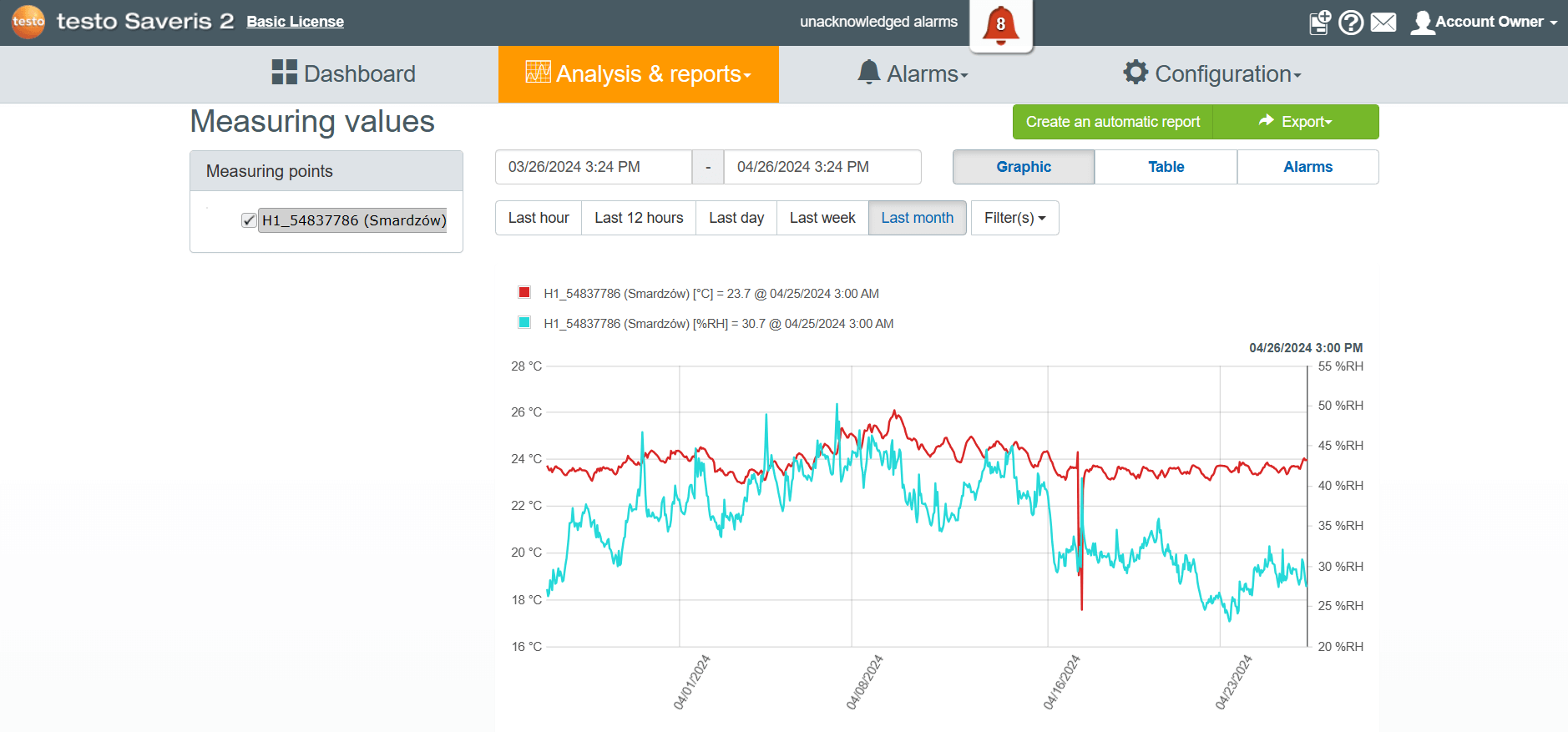

Types of IoT Sensors
Temperature Sensors: Monitor temperature in manufacturing processes, ensuring optimal conditions for machinery and product quality.
Pressure Sensors: Used in industries such as oil and gas to monitor and control pressure in pipelines and tanks.
Humidity Sensors: Essential in environments where moisture levels need to be controlled, such as in food processing and pharmaceuticals.
Proximity Sensors: Detect the presence or absence of objects. They are used in automation systems for safety and operational efficiency.
Level Sensors: Measure the level of liquids or solids in containers, crucial in industries like chemical manufacturing and water treatment.
Gas Sensors: Detect the presence of hazardous gases, ensuring worker safety and environmental compliance.
Vibration Sensors: Monitor machinery health by detecting unusual vibrations, which can indicate maintenance needs.
Applications in Industry
Predictive Maintenance: IoT sensors help predict equipment failures before they occur by monitoring parameters such as vibration, temperature, and pressure. This reduces downtime and maintenance costs.
Asset Tracking: Sensors track the location and condition of assets in real-time, optimizing inventory management and logistics.
Energy Management: IoT sensors monitor energy consumption, enabling industries to identify inefficiencies and reduce energy costs.
Environmental Monitoring: Sensors track environmental conditions such as air quality and emissions, ensuring compliance with regulations and improving workplace safety.
Smart Manufacturing: IoT sensors enable real-time monitoring and control of manufacturing processes, leading to improved quality and efficiency.
Supply Chain Optimization: Sensors provide real-time data on the movement and condition of goods throughout the supply chain, enhancing transparency and reducing delays.
Benefits
Increased Efficiency: Real-time data allows for quick decision-making and optimization of processes.
Cost Savings: Predictive maintenance and energy management reduce operational costs.
Enhanced Safety: Continuous monitoring of environmental conditions and equipment health improves worker safety.
Improved Product Quality: Precise control over manufacturing conditions ensures higher quality products.
Sustainability: Monitoring and optimizing resource usage contribute to more sustainable industrial practices.
Digital twin
A digital twin is a virtual representation of a physical object, system, or process that mirrors its real-world counterpart in real-time. It uses data from IoT sensors and other sources to simulate, predict, and optimize performance. Digital twins are increasingly used in various industries to improve operational efficiency, predict maintenance needs, and enhance decision-making.
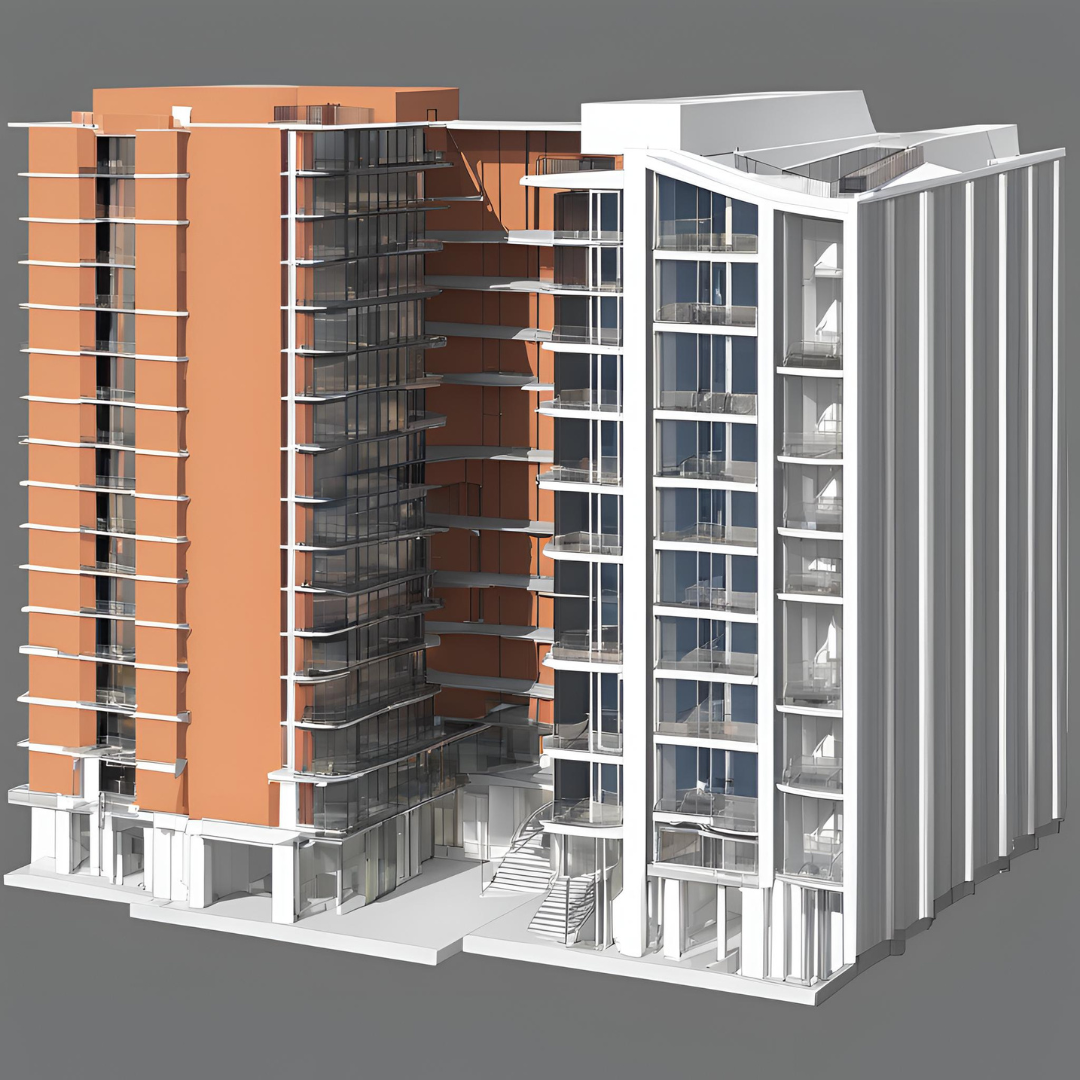
Components of Digital Twins
Physical Entity: The actual object, system, or process being replicated.
Virtual Model: A digital replica of the physical entity, created using data from sensors, CAD models, and other sources.
Data and Connectivity: Continuous data flow from the physical entity to the virtual model, enabled by IoT sensors and communication networks.
Analytics and Simulation: Tools and algorithms to analyze data, run simulations, and generate insights.
User Interface: Platforms or dashboards that allow users to interact with the digital twin, visualize data, and make informed decisions.
Applications in Industry
Manufacturing: Digital twins are used to simulate production processes, optimize workflows, and improve product quality. They enable real-time monitoring and predictive maintenance of machinery.
Energy: In the energy sector, digital twins help in the management of power plants, grid operations, and renewable energy sources. They optimize energy production, distribution, and consumption.
Healthcare: Digital twins of medical devices, hospital systems, and even human organs help in predictive maintenance, operational efficiency, and personalized medicine.
Transportation: Digital twins of vehicles, traffic systems, and logistics networks improve efficiency, safety, and predictive maintenance.
Construction: They are used to monitor and manage construction projects, simulate building performance, and optimize maintenance of infrastructure.
Aerospace: In aerospace, digital twins of aircraft and components enhance design, manufacturing, maintenance, and operational efficiency.
Benefits
Predictive Maintenance: By simulating real-time conditions and usage, digital twins help predict equipment failures and schedule maintenance before issues arise, reducing downtime and maintenance costs.
Improved Design and Production: Digital twins enable testing and optimization of designs in a virtual environment, leading to better products and more efficient production processes.
Operational Efficiency: Continuous monitoring and real-time data analysis help optimize operations, reduce waste, and enhance productivity.
Risk Management: They allow for the simulation of various scenarios, helping to identify and mitigate risks before they impact the physical system.
Enhanced Decision-Making: Digital twins provide comprehensive insights and data-driven recommendations, improving strategic and operational decision-making.
After using our services you can receive:
- Simple data gathering using Testo Saveris 2 Cloud
- Interactive energy management platform based on Amazon IoT maker
- Interactive energy management platform based on ICONICS Energy Analitix
- Digital 3D walk integrated with IoT sensors embeded in SIM-ON platform
- Digital 3D twin with IoT sensors embeded in Unity platform
- Other type of cooperation according to your prefered maintanance system
Examples of our work:
